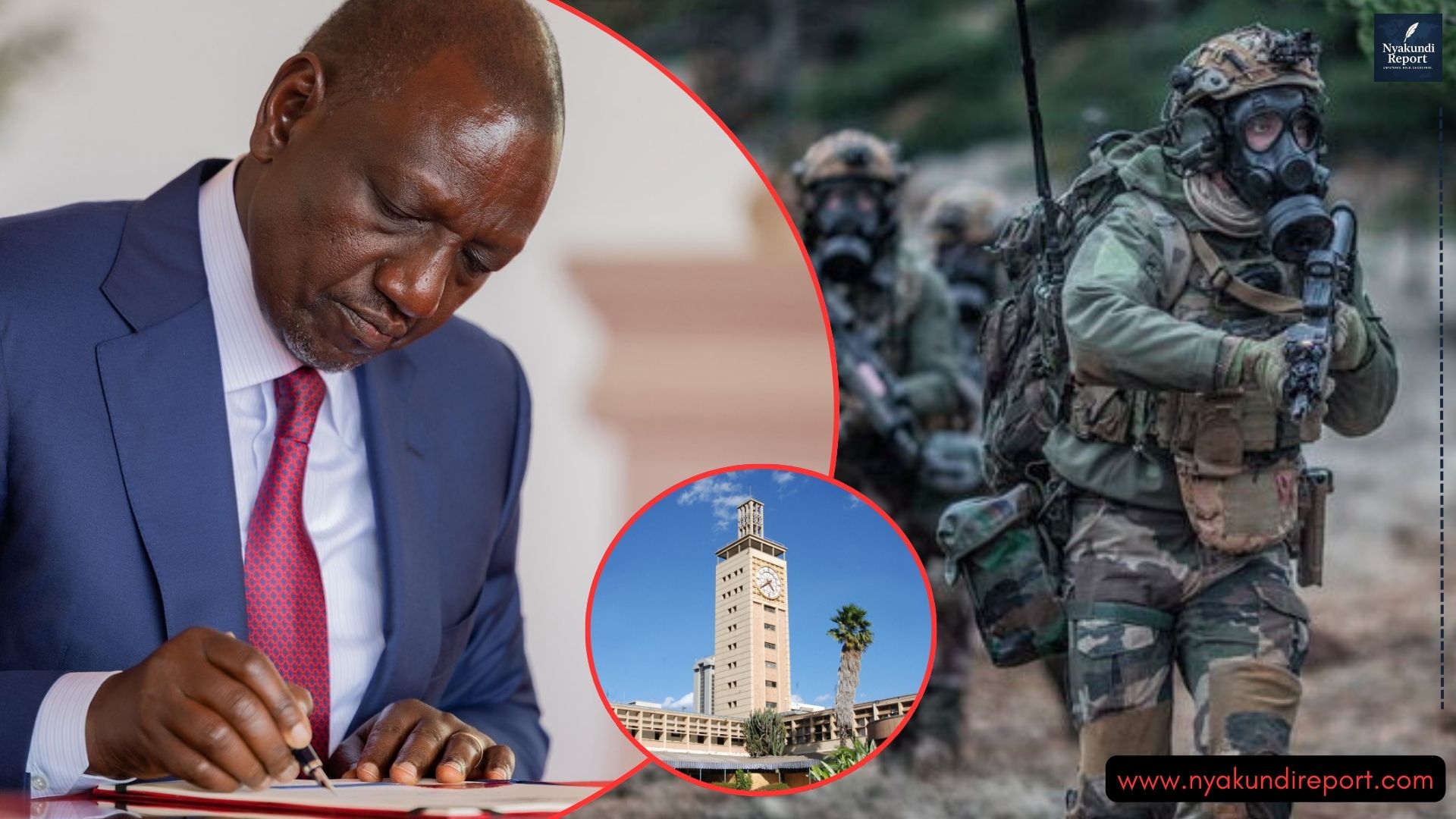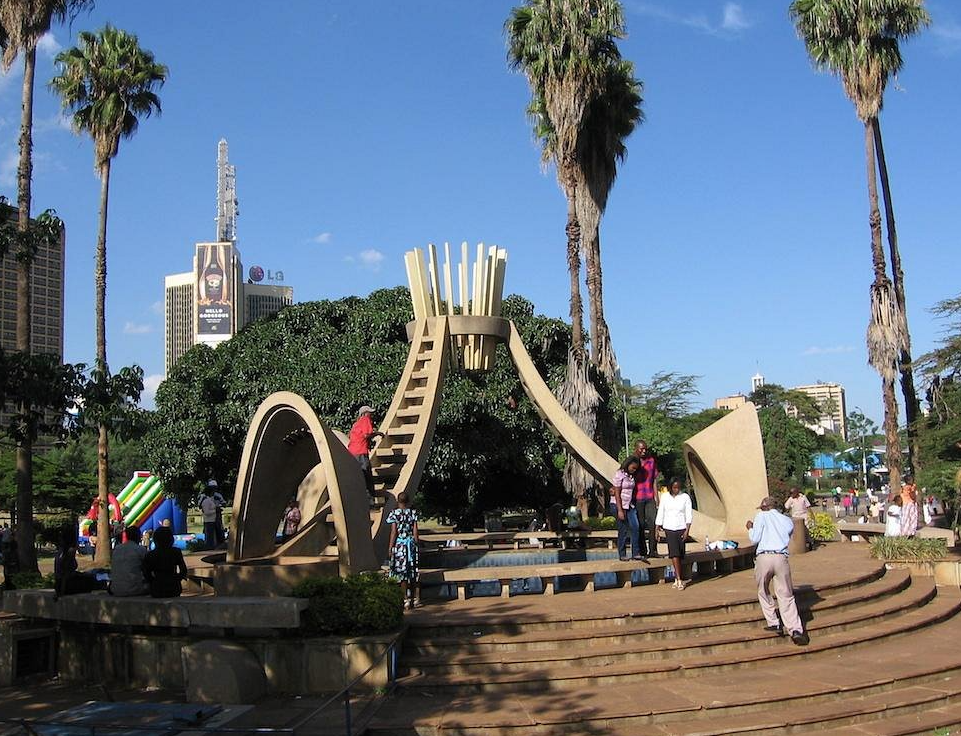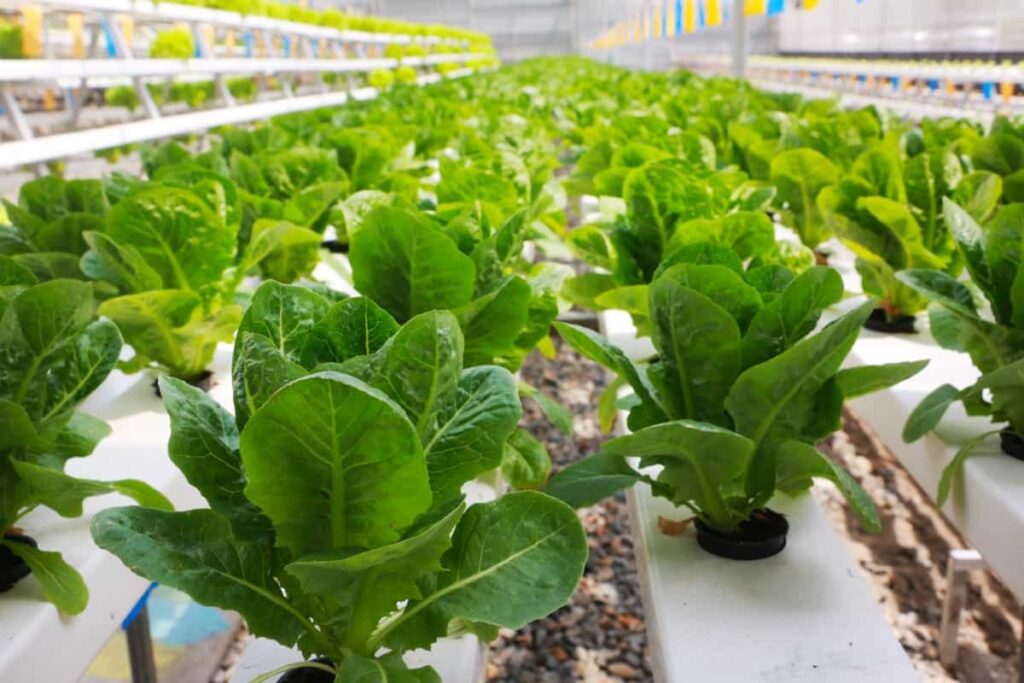Broccoli farming in Kenya is gaining momentum thanks to its high market value, nutritional benefits, and rising demand both locally and internationally.
Kenya is one of Africa’s top exporters of broccoli, and smallholder farmers in regions such as the Central Highlands, parts of the Rift Valley, Western, and Eastern Kenya are finding great success with this vegetable.
Broccoli farming not only feeds families but also brings in income. With proper planning, this cool-weather crop can thrive and offer consistent harvests throughout the year.

Ecological Conditions for Broccoli Farming In Kenya
Broccoli is best suited for cooler, temperate climates. Areas with moderate temperatures and fertile soils give the best results.
Ideal Climate and Soil
Broccoli grows well in areas with temperatures ranging from 45°F to 75°F (7°C to 24°C). It prefers slightly acidic soil with a pH between 6.0 and 7.0. Although it can grow in sandy, clay, or loamy soils, good drainage and soil rich in organic matter are essential.
To prepare the soil:
- Dig up to 30–50 cm deep to allow root penetration.
- Mix in compost or well-rotted manure.
- Conduct a soil test to determine any nutrient deficiencies.
Moisture Requirements
Broccoli needs a steady supply of water throughout its growth. Irrigation is important, especially during dry seasons. However, avoid waterlogging, as it causes root rot.
Organic Matter and Fertilisation
Since broccoli is a heavy feeder, enrich the soil with plenty of organic material. Farmers should use basal fertilisers rich in nitrogen and phosphorous during early stages, and supplement with top dressing as the plant grows. Regular testing helps determine the correct fertiliser mix.
Steps to Successful Broccoli Farming In Kenya
Farming broccoli requires planning and care at every stage to ensure healthy plants and a profitable yield.
Starting with the Nursery
Plant seeds in a nursery bed and let them grow for about four weeks. The seedlings should have 4–5 leaves before transplanting.
To raise healthy seedlings:
- Use fine soil mixed with compost.
- Water regularly, but lightly.
- Protect from direct sunlight during hot afternoons.
Transplanting into the Main Field
Transplant the seedlings into the main field early in the morning or late in the evening to avoid stress from the sun. Space them 45 cm apart in rows that are about 60 cm apart.
At transplanting:
- Apply compost manure into each hole.
- Water immediately after planting.
- Mulch to conserve soil moisture and control weeds.
Weed and Pest Management
Weeds compete with broccoli for nutrients and water. Weed frequently or use mulching and crop rotation to control weed growth. Some farmers may also use herbicides, but organic options are more sustainable.
Pests like aphids, caterpillars, and cutworms can affect broccoli. Use integrated pest management (IPM) techniques:
- Inspect plants regularly.
- Remove pests by hand where possible.
- Use recommended pesticides early and only when necessary.
Common diseases include:
- Downy mildew
- Black rot
- Clubroot
Prevent these by rotating crops, using certified seeds, and avoiding overwatering.
Top Dressing and Ongoing Care
Apply top dressing fertilisers such as CAN (Calcium Ammonium Nitrate) three weeks after transplanting. Repeat after another two to three weeks, depending on the crop’s appearance.
Keep the crop weed-free and monitor for pests weekly. Broccoli grows best with consistent care and attention.
Harvesting and Post-Harvest Handling
Broccoli matures within 60 to 90 days depending on the variety and weather.
How to Know It’s Time to Harvest
Harvest when the broccoli heads are fully formed but before yellow flowers appear. The heads should be tight, green, and firm. The best time to harvest is early morning when temperatures are cool. This helps preserve freshness and quality.
Cut the main head using a sharp knife, leaving a few centimeters of the stalk. Side shoots will often continue to grow, giving an extended harvest.
Post-Harvest Practices
Handle broccoli carefully to avoid bruising. Pack in ventilated crates and keep in a cool place to extend shelf life. For export, cooling should be done immediately after harvest.
Benefits of Broccoli Farming In Kenya
Nutritional Value
Broccoli is rich in:
- Vitamin D and C
- Fiber that improves digestion
- Natural detoxification compounds
- Cholesterol-lowering properties
This makes it a preferred vegetable for health-conscious consumers.
Market Demand
Broccoli has high demand in supermarkets, hotels, and export markets. Farmers who maintain quality can earn good returns. Contract farming with exporters and grocery chains offers stable prices and reduces market risks.






































